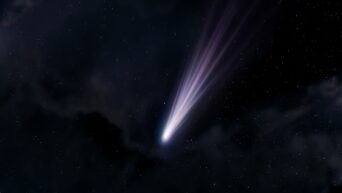Rampant wildfires are continuing to damage an already-fragile ozone.
With an increased number of wildfires occurring across the plant, fear is growing that the ozone is being affected by the smoke that rises. The smoke can linger for months and wreak havoc on the protective ozone layer.
Cooler air closer to the Earth’s surface normally keeps smoke from rising too high, but as the fires raged on in the summer of 2017, they created their own giant storm clouds called pyrocumulonimbus. Within just two months, these clouds had raised the smoke to 12-23 kilometers up into the stratosphere. Solar radiation heating soot in the smoke was a major contributing factor to the smoke reaching that height.
With the use of satellites, weather balloons, and ground-based remote sensing, scientists were able to measure the levels of organics and black carbon and noticed that the smoke stayed in the stratosphere for about eight months.
This event confirmed what scientists had always feared could happen if large amounts of smoke were injected into the air via a nuclear war. The smoke in the stratosphere from a burning city would have long-lasting climatic consequences such as blocking out sunlight and affecting the ozone.
With the smoke staying in the stratosphere for long periods of time, the organics and soot in the smoke layer have time to absorb sunlight or reflect it back into space. In the past when this has happened due to volcanic eruptions, the dimming effect of the sunlight led to crop failures and famine.
The chemical reactions with water vapor can also damage the ozone. When water vapor breaks down, it releases reactive hydrogen oxide molecules called radicals that can destroy the ozone. Unfortunately, with the increased fire frequency and intensity, we can expect to see more of these fire clouds reaching the stratosphere.

































